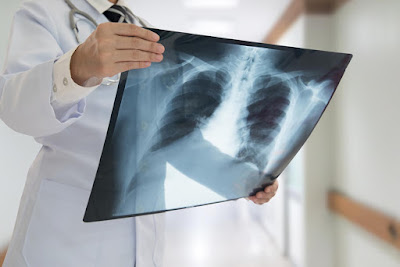Current Technology gives doctors many options when it comes to diagnosing a patient’s condition. Some techniques are invasive, others exploratory, and others are minimally or non-invasive. Diagnostic radiology refers to a gaggle of methods that utilize non-invasive techniques to spot and monitor certain diseases.
Diagnostic Imaging
Diagnostic radiology refers to the sector of drugs that uses non-invasive imaging scans to diagnose a patient. The tests and equipment used sometimes involve low doses of radiation to make highly detailed images of a neighborhood.
Examples of diagnostic radiology include:
- Radiography (X-rays)
- Ultrasound
- Computed Tomography (CT) Scans
- Magnetic Resonance Imaging (MRI) Scans
- Nuclear Medicine Scans
Diagnostic radiology is often wont to identify a good range of problems. Broken bones, heart conditions, blood clots, and gastrointestinal conditions are just a few of the problems that can be identified by diagnostic imaging.
In addition to identifying problems, doctors can use diagnostic radiology to watch how your body is responding to current treatment. Diagnostic radiology also can screen for diseases like carcinoma and carcinoma.
Technology Used in Radiology
The technology and machinery used in radiology vary from method to method. Some use radiation while others do not.
The most common machines used in radiology are:
X-ray Machine: Uses X-rays, a kind of electromagnetic wave, to supply images of the inside of the body without having to form any incisions.
CT Scanner: Uses X-ray equipment to make a sequence of cross-sectional images of the body. Often used when a doctor needs highly detailed images to review to spot the source of a drag, especially on soft tissue.
MRI Machine: Uses a magnetic flux rather than radiation to supply images of the within of a body. Used for parts of the body that CT scanners cannot produce clear images of, such as bones.
Some of the diagnostic tests may require compounds to be ingested or chemicals to be injected for a transparent view of your blood veins. Other tests may require anesthesia and scope so as for a doctor to obviously determine the matter.
Star Radiology
Star Radiology uses imaging technology like CT scans, MRI, and Ultrasound to assist guide medical procedures. This technology eliminates the need for surgery and scopes to diagnose and treat certain conditions. Instead, patients are often awake during the procedure or under very mild sedation.
Common uses for Star Radiology include:
- Treating cancers
- Treating blockages in arteries or veins
- Treating back pain
- Treating liver and kidney problems
Star radiology is a pioneer in teleradiology services in India.



